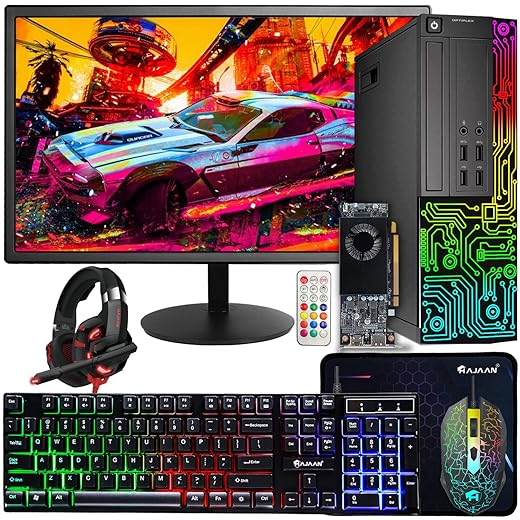







Understanding FPS Drops: Common Causes in the Latest Games
Gaming is an exhilarating experience, but nothing can shatter that excitement faster than a sudden drop in frames per second (FPS). Whether you’re immersed in an epic battle or exploring a vast open world, a dip in FPS can feel like hitting a wall. But what causes these frustrating drops? In this article, we’ll delve into the common culprits behind FPS drops in the latest games, equipping you with the knowledge to enhance your gaming experience.
What is FPS and Why Does It Matter?
Frames per second (FPS) is a measure of how many individual frames are displayed in one second of gameplay. Higher FPS typically means smoother gameplay, which is crucial in fast-paced environments. Imagine trying to catch a speeding car; if your vision is blurry, you’ll miss the details. Similarly, in gaming, lower FPS can blur the visual experience, making it challenging to react quickly to in-game events.
Common Causes of FPS Drops
Understanding the reasons behind those pesky FPS drops can help you mitigate them effectively. Here are some primary causes:
1. Hardware Limitations
Your gaming rig is like a finely tuned sports car; if any component falters, the entire performance suffers. If your CPU or GPU is outdated, it may struggle to keep up with demanding graphics. Check your hardware specifications against the game’s requirements. Are you trying to run a high-end game on a budget setup? If so, it’s no wonder your FPS is taking a hit.
2. Background Processes
Think of your computer as a multitasking chef in a busy kitchen. If too many pots are on the stove, the chef can only focus on one at a time. Background applications consuming CPU and RAM resources can severely impact game performance. Before you start gaming, close unnecessary applications and processes running in the background. This simple step can free up valuable resources and stabilize your FPS.
3. Inadequate Cooling
Overheating can throttle your hardware, slowing down performance like a car engine losing power due to heat. Dust accumulation can block airflow, and poor ventilation can cause components to overheat. Regularly cleaning your gaming rig and ensuring adequate cooling can prevent thermal throttling. Consider investing in a cooling pad if you’re using a laptop, or enhancing your desktop’s airflow with additional fans.
4. Graphics Settings
Sometimes, we want to have our cake and eat it too. We crave stunning visuals but often don’t realize that high graphics settings can burden your hardware. Whether you’re playing a graphically demanding AAA title or an indie gem, tweaking your graphics settings can make a significant difference. Lowering settings like shadow quality, anti-aliasing, and draw distance can help maintain a stable FPS without sacrificing too much visual fidelity.
5. Network Issues
Lag is the nemesis of online gaming. While it may not directly affect FPS, poor network performance can create the illusion of drops. High latency and packet loss can make it seem like your game is stuttering. Ensure you have a stable internet connection, preferably wired, for the best online experience. If you’re on Wi-Fi, consider moving closer to your router or investing in a range extender.
6. Game Optimization
Not all games are created equal. Some are optimized for performance, while others may struggle. Developers often release patches and updates to address these issues. Stay updated with the latest patches, and consider checking forums for community fixes or tweaks that can enhance performance. Sometimes, simply adjusting in-game settings based on community recommendations can lead to significant improvements.
Conclusion
FPS drops can be frustrating, but understanding their causes empowers you to take action. By addressing hardware limitations, managing background processes, ensuring adequate cooling, adjusting graphics settings, and optimizing your network connection, you can significantly enhance your gaming experience. Remember, a smooth frame rate is not just a luxury; it’s a necessity for an immersive gaming experience. With these insights, you can reclaim your gaming sessions and dive back into your favorite virtual worlds with confidence.
FAQs
1. How do I check my FPS while gaming?
Many games include an option to display FPS in the settings menu. Alternatively, you can use third-party software like FRAPS or MSI Afterburner to monitor your FPS in real-time.
2. Can upgrading my hardware eliminate FPS drops?
Yes, upgrading your CPU, GPU, or adding more RAM can significantly enhance performance and reduce FPS drops, especially for demanding games.
3. Is it possible to fix FPS drops in online games without upgrading my hardware?
Absolutely! Optimizing graphics settings, closing background applications, and ensuring a stable internet connection can improve FPS without any hardware changes.
